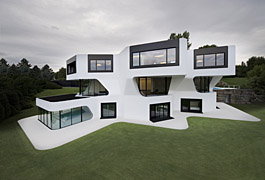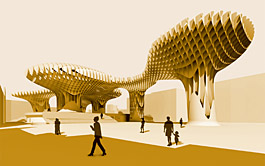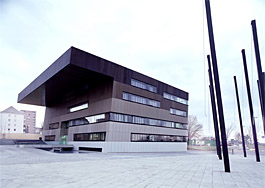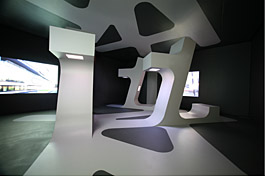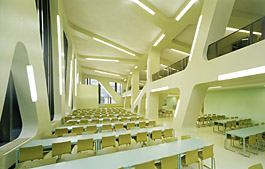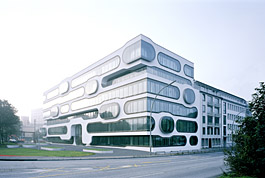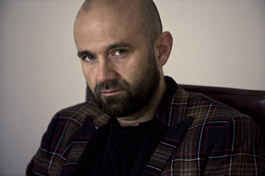 |
| photo: Oliver Helbig |
Jürgen Mayer H. is the founder and director of this interdisciplinary studio. He studied at the University of Stuttgart, The Cooper Union, and Princeton University. His work is known worldwide, has been published and exhibited numerous times, and is part of art collections, such as MoMA in New York and MoMA in San Francisco. He has received several national and international awards, including Special Mention in the Emerging Architect category of the Mies van der Rohe Award 2003 and winner of the Holcim Award Bronze 2005. Jürgen Mayer H. has lectured at Princeton University, the University of Arts in Berlin, Harvard University, Kunsthochschule in Berlin, the Architectural Association in London, Columbia University in New York, and the University of Toronto in Canada.



